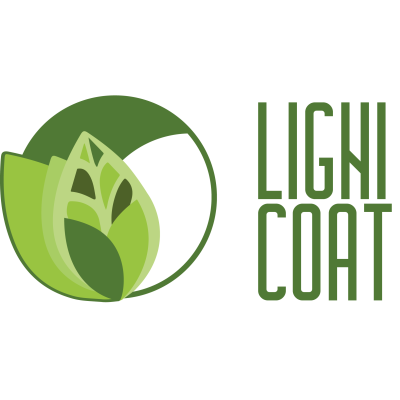
LIGNICOAT
Sustainable COATings based on LIGNIn resins and bio-additives with improved fire, corrosion and biological resistance

Sustainable COATings based on LIGNIn resins and bio-additives with improved fire, corrosion and biological resistance
The issue of sustainability is multifactorial; it is not restricted to the materials with which items are fabricated; it also embraces the various coatings that many of them rely on. The issue of sustainability in coatings is one of energy and resource conservation, waste minimisation or efficiency and the use of renewable and non-toxic products. Regulatory demands have meant that the coatings industry has had to reduce its reliance on those solvents based on volatile organic compounds, instead looking to water-based alternatives.
However, the reality is that the content of even the most environmentally friendly products is usually no more that 30-40% biobased. In part, this is because manufacturing effective bio-based coatings is a challenging process. Furthermore, those that do exist are based on raw materials derived from outside Europe. The LIGNICOAT project will seek to demonstrate the technical, economic and environmental viability of innovative routes to produce lignin-derived bioresins for coatings and validate the new processes at pilot scale in an industrial relevant environment. Lignin is a plentiful and underused biological resource. These will increase the bio-based content of coatings – as high as 60-90% - and take advantage of characteristics specific to lignin to develop bio-additives that will increasing the bio-content and provide anticorrosive, fireproof and antimicrobial features.
In addition, the LIGNICOAT project will investigate a wider strategy, combining a number of strands. These include developing eco-innovative lignin-based materials to create more sustainable coating, exploiting synergies between industrial sectors and implementing methodologies to encourage the wider understanding and adaptation of these products. This will drive the transition of the paints and coatings industries to biobased products.
The overarching objective of the Lignicoat project is to demonstrate the technical and economic feasibility of using lignin as a basis for producing bioresins for a range of applications in the field of functional coatings.
Within this, it will pursue a number of specific objectives. These will include:
The LIGNICOAT project is aiming at delivering a number of impacts that will contribute to the wider goals of the BBI-JU. These will include: